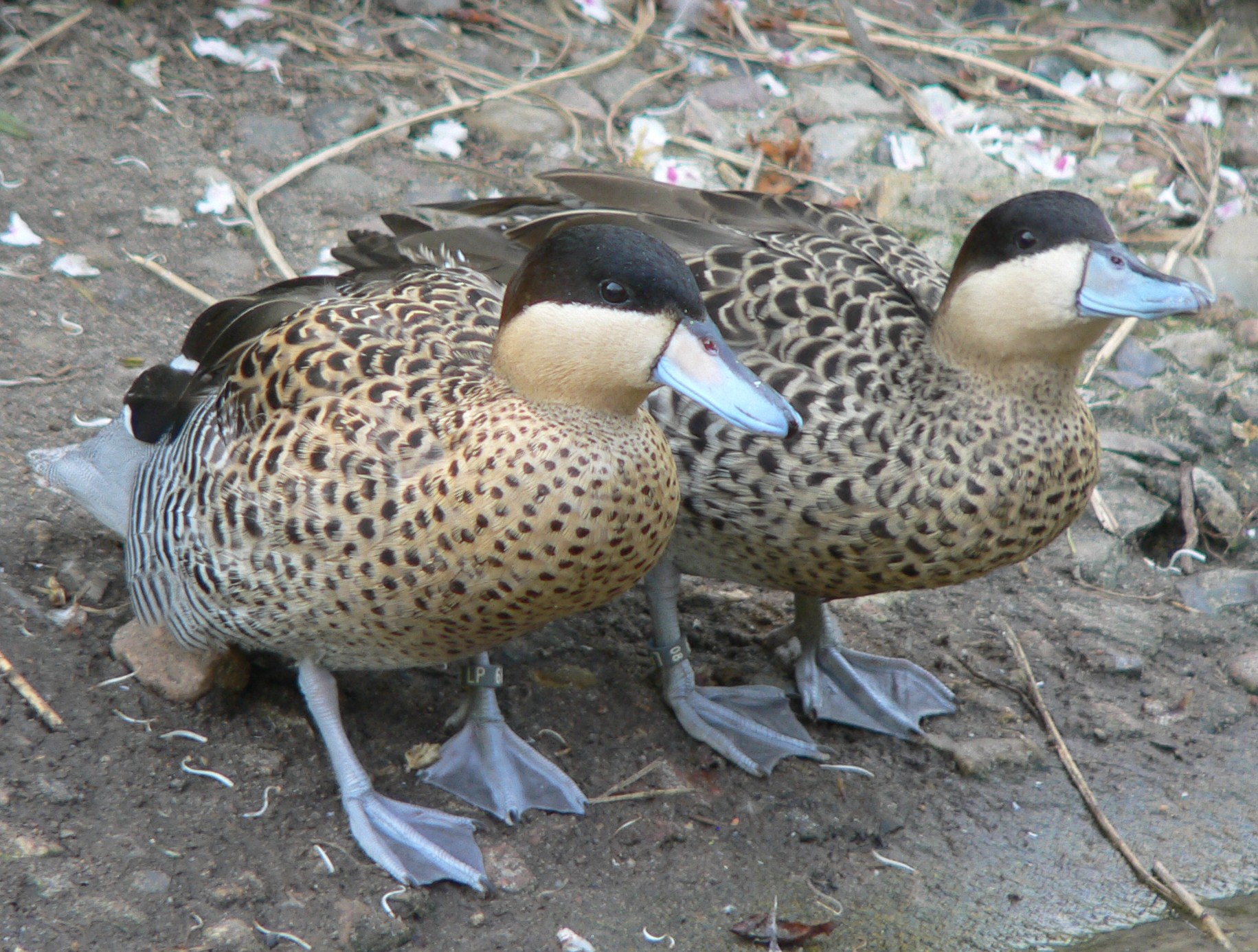
Silver teal, orVersicolor teal(Anas versicolor)
Phylum —chordata
Class — aves
Order — anseriformes
Family — anatidae
Genus –anas
Appearance
Silver teals are elegant looking ducks, and males and females look alike. Plumage remains the same year-round, never going into eclipse.
Silver teal feature blue feet and legs and a bill that is blue with a yellow splash near the base. Heads are black on top and over the eyes and a cream-buff color below. They have attractive spotting and lacing over their breast and back in umber-brown highlighted with silver-blue.
Silver teals are about the size of a Wood duck, betweeusually n 17 and 19 inches in total length.
Habitat
Silver teals are quite widespread throughout South America. They range across the continent, and wintering from Southern Brazil up to the Southern United States.
Behavior
They settle on small lakes, swamps, and fish-breeding ponds with dense vegetation.
The silver teal lives in fresh water in small groups.
Diet
Silver teals are considered dabbling ducks, and in the wild, consume aquatic plants and seeds from dabbling.
Reproduction
Although silver teal sometimes breed in their first year, they usually do not do so until their second year. Pairs construct nests on the ground, using natural materials. Nest boxes, if placed on ground level, are sometimes used. Pairs will often form long-term bonds. Although they are usually placid in temperament, both sexes will protect their nests and their young. Breeding season is instigated by warmer weather and longer days. Clutch size is usually 6-10 creamy-pinkish colored eggs. Incubation is for about 25 days. Ducklings are hearty and strong and usually easy to raise.
In captivity
Silver teal can live up to 15-20 years in a captive environment.
Birds are friendly by their nature. They get along well with other species. It is easy to care for them in captivity.
They constantly need a water source for swimming. In areas with cold winters, warm buildings are recommended, where birds could avoid low temperatures.
The diet should adhere to the standard diet of teals: aquatic plants, small crustaceans, insects.
 Russian
Russian
 English
English
























